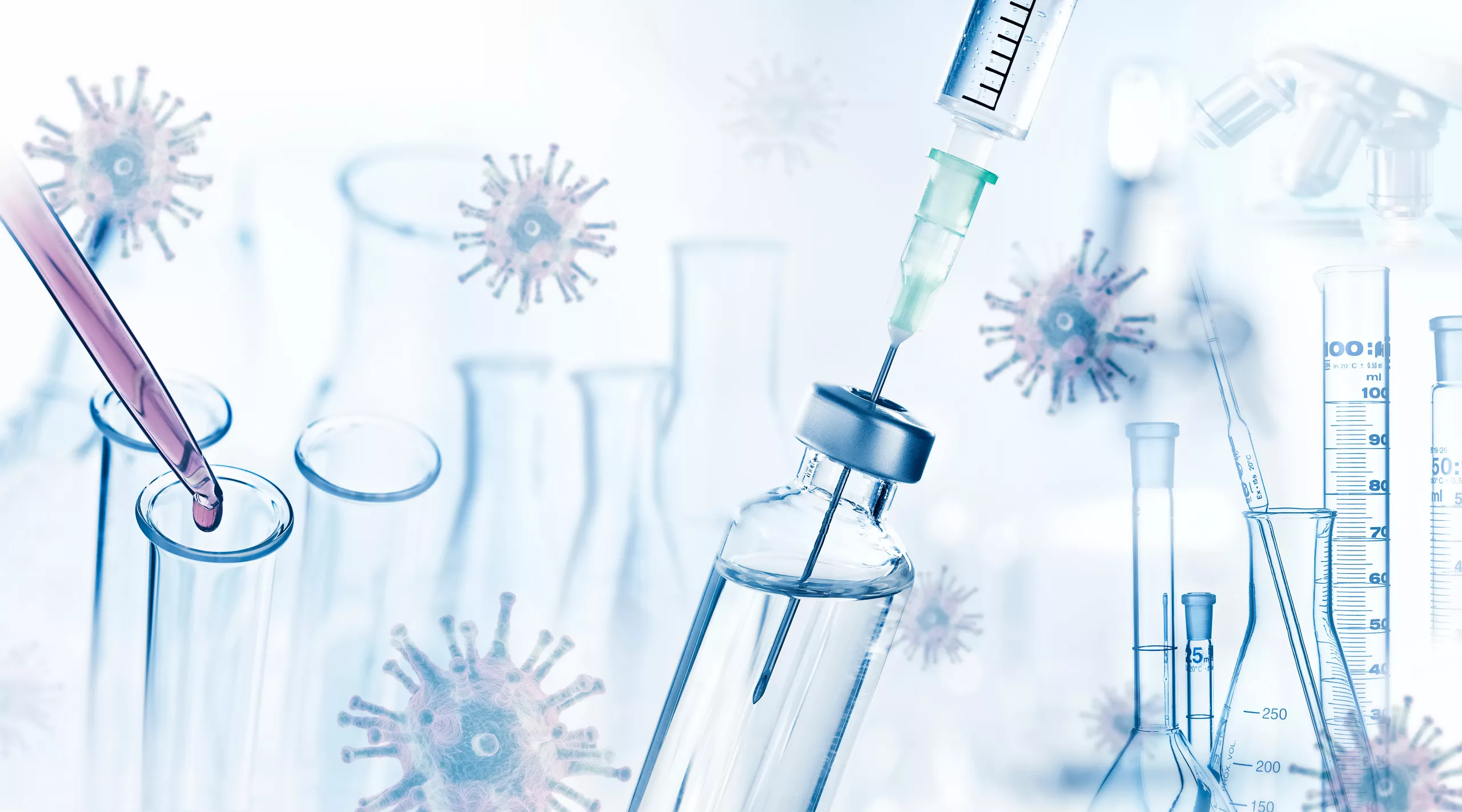When it comes to pharmaceutical production, meticulous control of manufacturing processes is paramount. One critical aspect that demands unwavering attention is microbiological monitoring. This practice ensures the purity and safety of pharmaceutical products, safeguarding both the health of consumers and the reputation of pharmaceutical companies. In this blog post, we will delve into the significance of microbiological monitoring in pharmaceutical production and its role in upholding stringent quality standards.
Microorganisms, such as bacteria, viruses, and fungi, can pose a significant threat to pharmaceutical products. Contamination in the manufacturing process can compromise the efficacy and safety of medicines, leading to severe consequences for both patients and the pharmaceutical industry. Microbiological monitoring is the frontline defense against this microbial menace, aiming to detect and mitigate any potential risks.
Regulatory agencies worldwide, such as the FDA and the European Medicines Agency (EMA), have established stringent guidelines for microbiological control in pharmaceutical production. The following are some of the key components:
Critical Control Points:
Microbiological monitoring involves the identification and monitoring of critical control points throughout the production process. These control points include raw materials, equipment, personnel, and the manufacturing environment. Regular testing and analysis at these points help identify and eliminate potential sources of contamination, ensuring that the final product is free from harmful microorganisms.
Cleanrooms and Aseptic Processing:
Pharmaceutical production often takes place in controlled environments, such as cleanrooms, where the risk of contamination is minimized. Microbiological monitoring plays a pivotal role in verifying the effectiveness of these controlled environments. Monitoring air quality, surfaces, and personnel helps maintain aseptic conditions during manufacturing, particularly crucial for the production of sterile drugs and biologics.
Testing Methods and Technologies:
Various testing methods and technologies are employed in microbiological monitoring, ranging from traditional culture-based methods to advanced molecular techniques. Rapid microbial detection methods are becoming increasingly popular, allowing for quicker identification of potential issues and prompt corrective actions. Automation and data analytics also play a crucial role, providing real-time insights and enhancing the efficiency of monitoring processes.
Batch Release and Quality Assurance:
Microbiological monitoring is an integral part of the batch release process. Before pharmaceutical products are released to the market, they undergo rigorous testing to ensure compliance with microbiological specifications. This final checkpoint is vital for quality assurance, as it confirms that the product is free from microbial contamination and safe for patient use.
Microbiological monitoring is not a static process but an evolving one. Continuous improvement is key to staying ahead of emerging microbial threats and adapting to changes in the production environment. Regular risk assessments and the implementation of preventive measures contribute to a proactive approach, minimizing the likelihood of contamination events and ensuring the ongoing safety of pharmaceutical products.
Microbiological monitoring is the silent guardian of pharmaceutical production, tirelessly ensuring the purity and safety of medicines that millions rely on. As the pharmaceutical industry evolves, the importance of this practice cannot be overstated. Companies that prioritize and invest in robust microbiological monitoring systems not only comply with regulatory requirements but also uphold their commitment to delivering high-quality, safe, and effective pharmaceutical products to patients worldwide.
EMMA International’s experts can develop and implement a robust environmental monitoring/environmental controls program for your facility. Call us at 248-987-4497 or email info@emmainternational.com to learn more!





